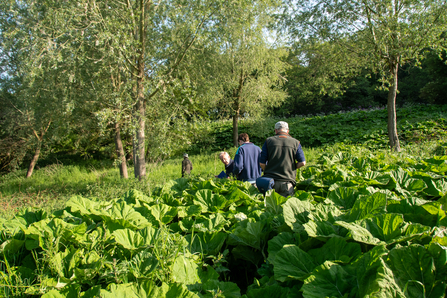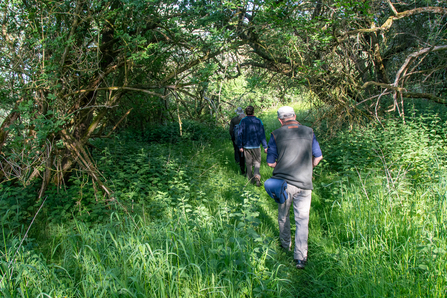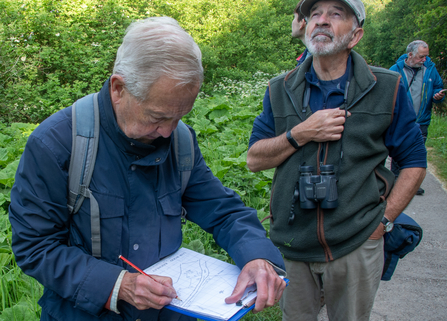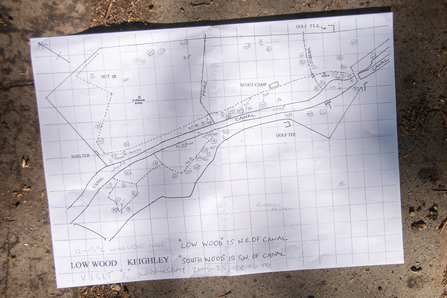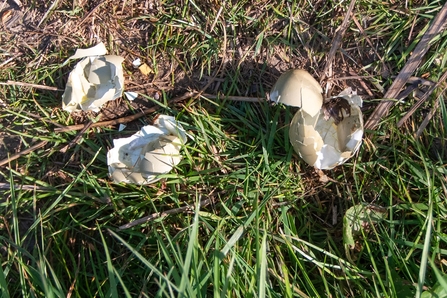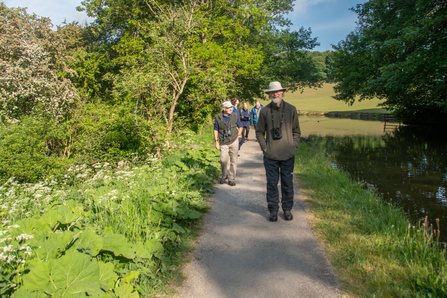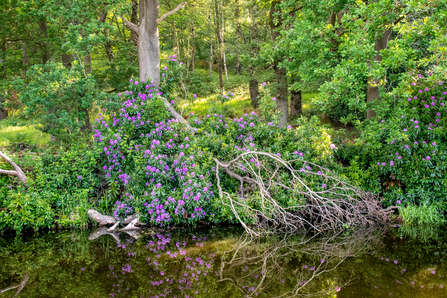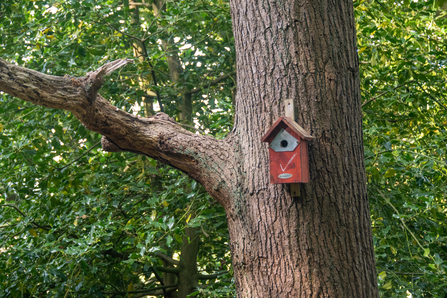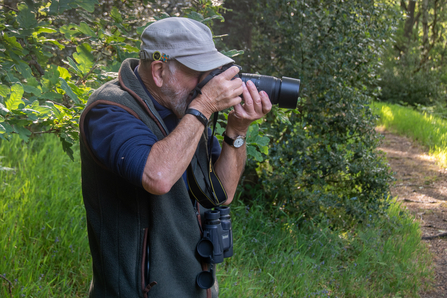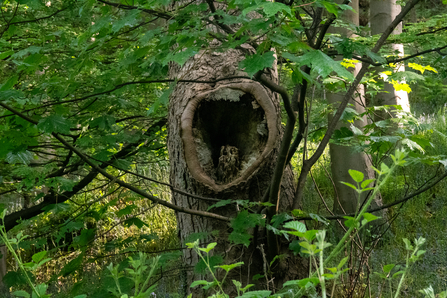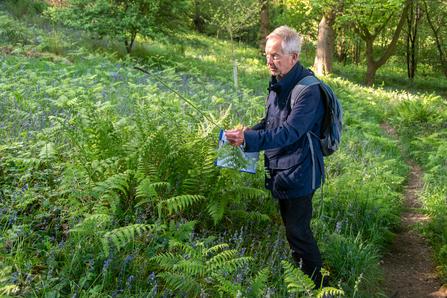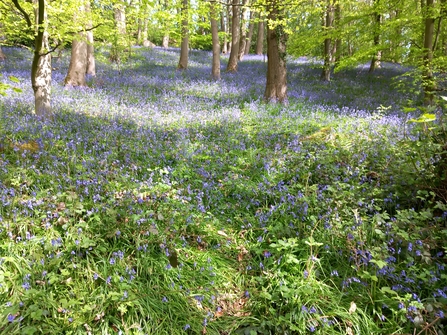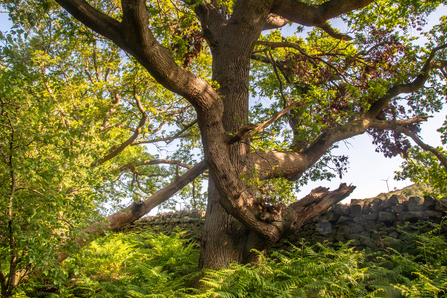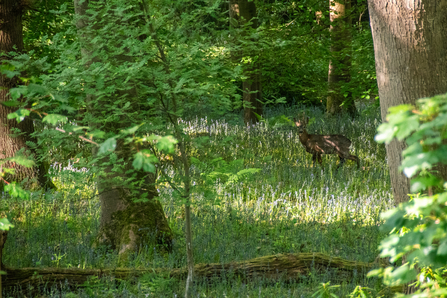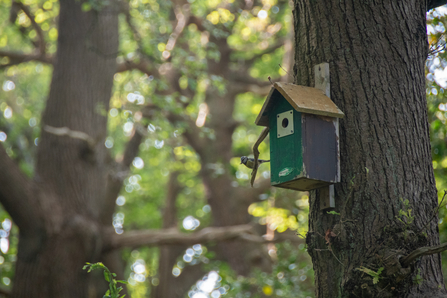Opening an email from John Preshaw - a Yorkshire Wildlife Trust volunteer who has led the Volunteer Supporter Group at Low Wood for many years. I was pleased to see a date that I could join. John’s invitation explained that each survey takes about two hours, is great fun, and offers a perfect opportunity to sharpen bird identification skills. It ended with a cheerful reminder: “don’t forget your binoculars!”
According to the British Trust for Ornithology’s website, the BBS is the main scheme for monitoring population changes of common and widespread breeding birds in the UK. It is run jointly by the Joint Nature Conservation Committee and the RSPB. The surveys are carried out by volunteers like those at Low Wood, who monitor their designated areas each spring.
My husband Pete joined me for the visit, and we arrived just before the 8am start on a lovely sunny day in May. Soon after, we were joined by Derrick, who has been volunteering for 12-years with Yorkshire Wildlife Trust. We chatted for ten minutes… before realising we were at the wrong meeting point! The joining instructions had placed it a few hundred metres away, where the survey team had already gathered, having walked from home.
We soon caught up with our leader John as well as two other volunteers Ian, and Tom. They were deep in a patch of large butterbur plants, on the far side of the Leeds and Liverpool Canal from Low Wood.


